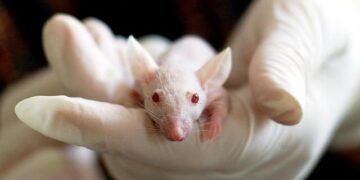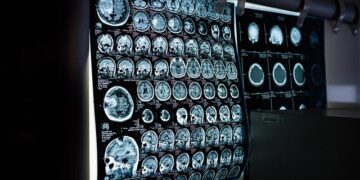New federal restrictions on student loan amounts are raising concerns among educators and healthcare experts who warn the changes could further strain the pipeline of physicians and nurses. With mounting educational costs and already stretched healthcare resources, the new limits threaten to impede access to training for aspiring medical professionals at a critical time for the industry, industry leaders say. NPR investigates how these financial caps may reshape the future of health workforce development across the United States.
Impact of Reduced School Loan Caps on Healthcare Workforce Development
Educational institutions and healthcare leaders are raising alarms over new, lower school loan caps as they foresee a direct threat to the growth and stability of the healthcare workforce. With tuition fees continuing to rise, many future physicians and nurses will find the reduced borrowing limits insufficient to cover not only their education but also living expenses, licensing costs, and essential certification exams. This financial strain is expected to disproportionately affect students from underrepresented and low-income backgrounds, shrinking the diversity and volume of applicants entering medical and nursing programs.
Potential consequences highlighted include:
- Decline in enrollment rates for healthcare-related degrees
- Increased dropout rates due to financial pressures
- Long-term shortages of qualified healthcare providers nationwide
- Heightened disparities in healthcare access and delivery
| Impact Area | Expected Outcome |
|---|---|
| Enrollment | 10-15% decrease in healthcare program admissions |
| Financial Aid Access | 30% fewer students qualifying for full loan coverage |
| Workforce Supply | Projected shortage of 50,000+ healthcare professionals by 2030 |
Educators Cite Potential Decline in Medical and Nursing School Enrollment
Educators across the country are raising alarms about recent restrictions on federal student loans, expressing concern that these changes could severely impact enrollment numbers in medical and nursing schools. With the rising cost of healthcare education, many prospective students rely heavily on loans to finance their studies. Now, with tightened borrowing limits, prospective learners may find it increasingly difficult to cover tuition, fees, and living expenses, potentially deterring many from pursuing careers in these critical fields.
Key issues highlighted include:
- Reduced financial accessibility: Students from lower-income backgrounds are disproportionately affected, which could exacerbate workforce shortages.
- Potential decline in diversity: Limiting loan availability risks decreasing the representation of minority groups in medicine and nursing.
- Increased stress and debt burden: Students forced to seek alternative, often costlier, financing options could face greater financial strain.
| Impact | Potential Outcome |
|---|---|
| Enrollment Drops | Fewer new med/nursing students |
| Workforce Shortages | Reduced availability of caregivers |
| Diversity Declines | Less representation across healthcare roles |
Calls for Policy Revisions to Support Future Physicians and Nurses
Educators and healthcare leaders are raising alarms over recent adjustments to school loan limits, emphasizing that these changes risk constricting the pipeline of future physicians and nurses. With rising educational costs and limited financial support, many prospective students may find it increasingly difficult to pursue rigorous medical and nursing training. Stakeholders argue that without swift policy intervention, the healthcare system will face exacerbated shortages, especially in underserved and rural areas.
Key concerns highlighted include:
- Reduced access to affordable loans complicating enrollment decisions for low- and middle-income students.
- Potential widening of disparities as marginalized communities lose critical financial aid avenues.
- Long-term strain on healthcare staffing, impacting patient care quality and accessibility.
| Impact Area | Projected Outcome |
|---|---|
| Medical School Enrollment | Decrease by 10-15% over 5 years |
| Nursing Program Applicants | Reduction in diversity & numbers |
| Healthcare Workforce | Increased shortages in rural regions |
Key Takeaways
As policymakers weigh changes to student loan limits, educators and healthcare leaders urge careful consideration of the potential consequences for the future medical workforce. With a growing demand for physicians and nurses nationwide, stakeholders warn that tighter borrowing restrictions could hinder students’ ability to pursue necessary training, ultimately impacting healthcare access and quality. The debate continues as experts call for solutions that balance fiscal responsibility with the imperative to sustain a robust pipeline of healthcare professionals.































